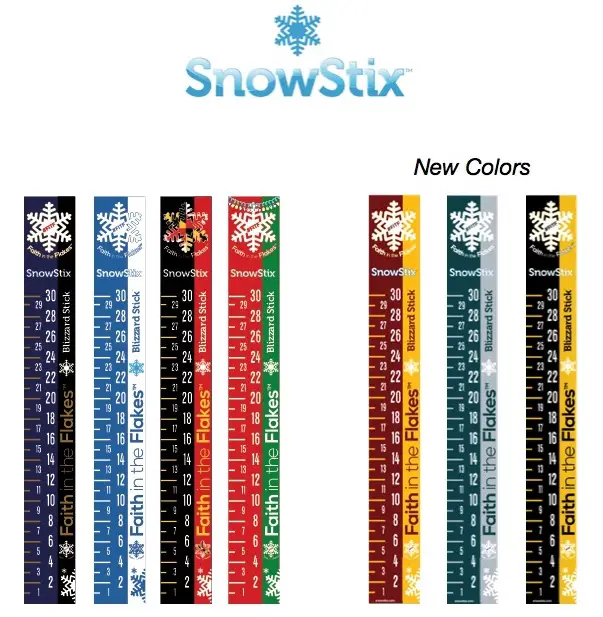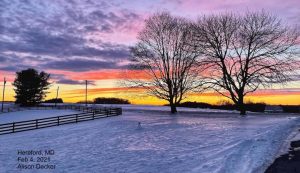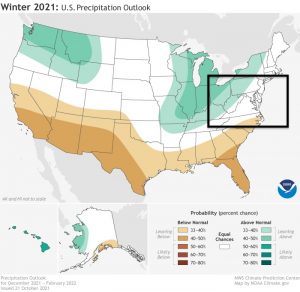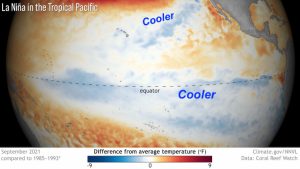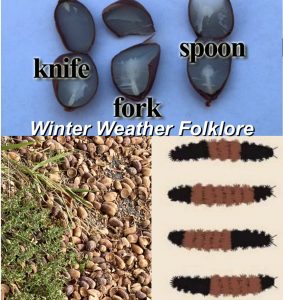Geomagnetic Storm Watch After Two Large Solar Flares Erupt
Wednesday March 30 2022
Afternoon Update
The Space Weather Prediction Center, a division of NOAA has issued Geomagnetic Storm Watch for March 31, 2022. There were two eruption of solar flares from the sun on the Earth facing side. The resulting Corona Mass Ejection (CME) is heading our way and measured as G3, or Strong!
Here is a look at what happened and the forecast.
Sun Plot
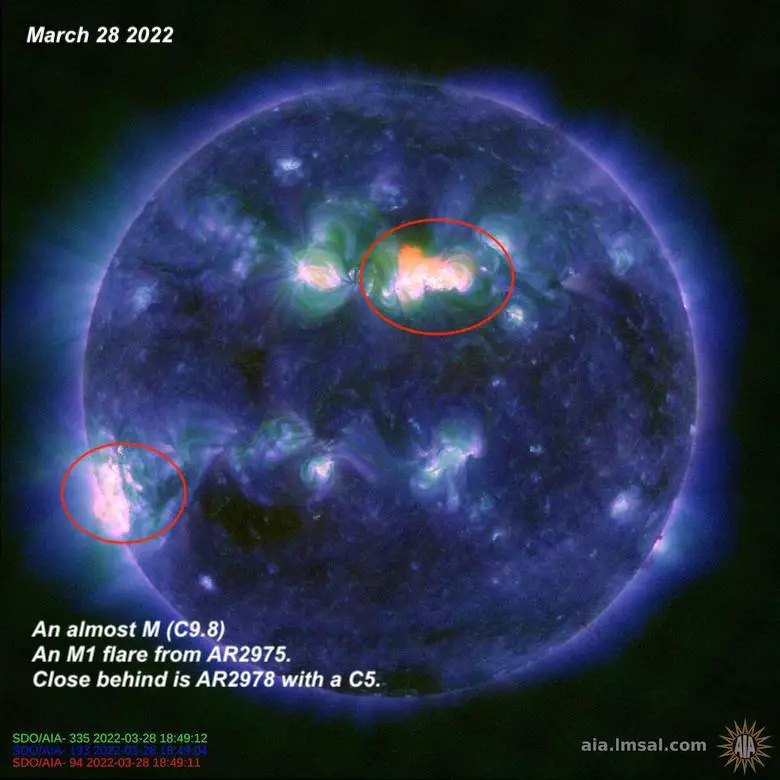
The expectation is for a substantial northern light display, but also the possibility of impacting and disrupting satellite communications. This can affect anything from GPS, TV,/radio subscriptions, and phone service. In an extreme event it can affect the power grid and internet. The most extreme recent case was in March 1989 when the power grid in Quebec, Canada was overwhelmed by the electromagnetic activity.
The storm was on March 28, and tracked here by the Space Weather Prediction Center
The NOAA SWPC has modeled the two coronal mass ejections which were launched during yesterday’s M-class activity. The ENLIL model predicts a combined impact (second CME is faster than the first one) just after midnight UTC on 31 March. Moderate G2 storm conditions are possible. pic.twitter.com/dnon5fqQAS
— SpaceWeatherLive (@_SpaceWeather_) March 29, 2022
Dr. Young plotted 6 Mflares and more than 10 Cflares. Also 2 Halo CMEs!
Now that is some action! AR2975 has produced 6 Mflares, 10+ Cflares, and two halo CMEs heading our way. An exciting couple of days and soon maybe here at Earth when the CMEs get here. Together they will be better. 😀Get your aurora watching eyes ready! 🌞🚀 pic.twitter.com/4QhXwkvMC4
— Dr. C. Alex Young (@TheSunToday) March 29, 2022
Geomagnetic Storm Watch
Please note that this states March 31. This TONIGHT in Universal Time
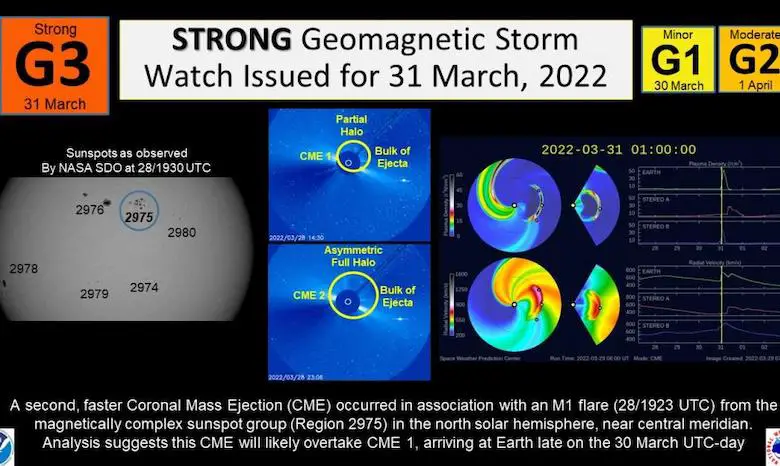
Earth is protected by the Magnetosphere. These storms result in Aurora Borealis in the Northern Hemisphere, also known as the Northern Lights. The stronger a storm is, the farther south the visible light can reach.
This one has a good chance to reach Parts of New York and Pennsylvania.
For it to make it into Maryland, we need:
- A Planetary Index (Kp) of 7/8
- Peak arrival at night
- Planetary K Index
- A clear sky
Forecast Kp

Aurora Viewing
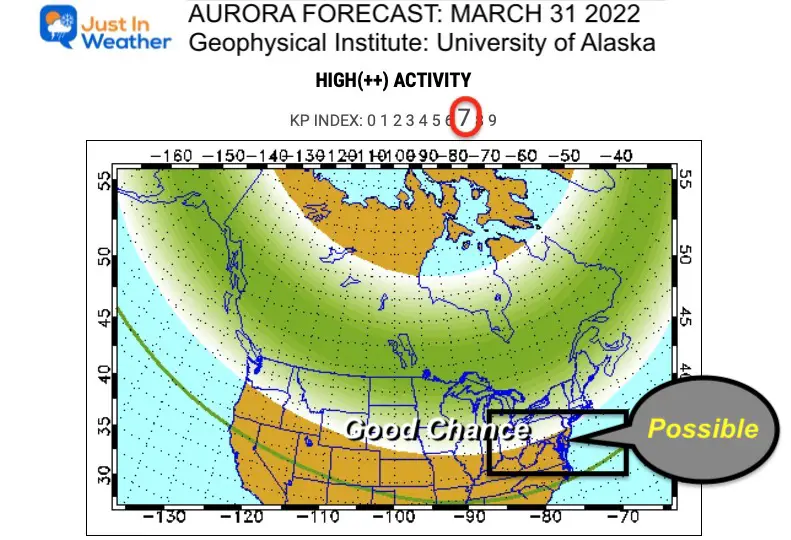
Cloud Forecast 12 AM – Midnight
Locally this is going to be ‘iffy’
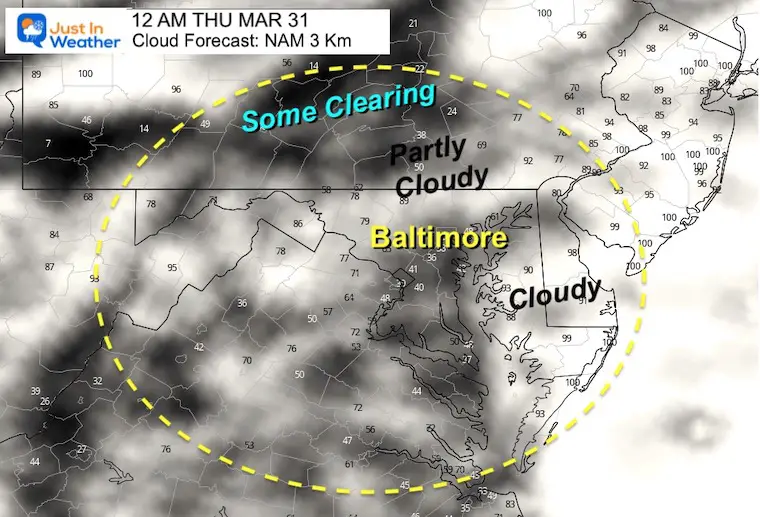
Weather posts straight to your inbox
Sign up and be the first to know!
ALSO SEE
ALL FITF GEAR
FITF THUNDERSNOW
Winter Outlook Series:
Last Winter Recap: My Old Outlook And Your Grades Of My Storm Forecasts
Winter Weather Page – Lots of resources
Solar Cycle Increasing Sunspots Suggests More Snow
Comparing 4 Different Farmer’s Almanacs: Majority colder winter outlook than NOAA
NOAA Winter Outlook- But Read The Fine Print
Signals For Early Start To Winter In November
Winter Outlook Series: La Nina Double Dip
Nor’easters May Give Hint For Winter La Nina Pattern
Winter Folklore Checklist
*Disclaimer due to frequent questions:
I am aware there are some spelling and grammar typos. I have made a few public statements over the years, but if you are new here you may have missed it:
I have dyslexia, and found out at my second year at Cornell. I didn’t stop me from getting my meteorology degree, and being first to get the AMS CBM in the Baltimore/Washington region.
I do miss my mistakes in my own proofreading. The autocorrect spell check on my computer sometimes does an injustice to make it worse.
All of the maps and information are accurate. The ‘wordy’ stuff can get sticky.
There is no editor that can check my work when I need it and have it ready to send out in a newsworthy timeline.
I accept this and perhaps proves what you read is really from me…
It’s part of my charm.
#FITF
Read More:Geomagnetic Storm Watch After Two Large Solar Flares Erupt



